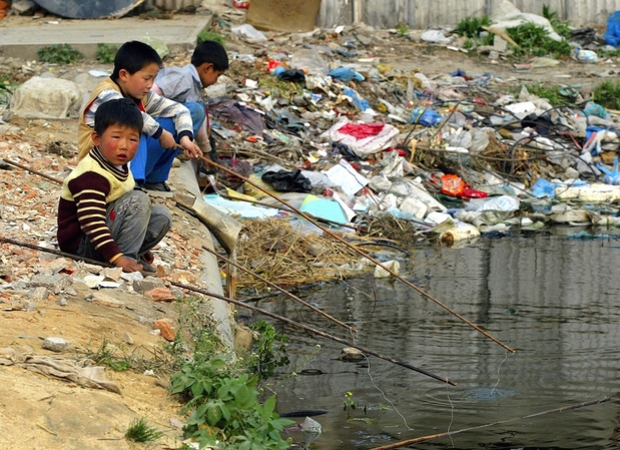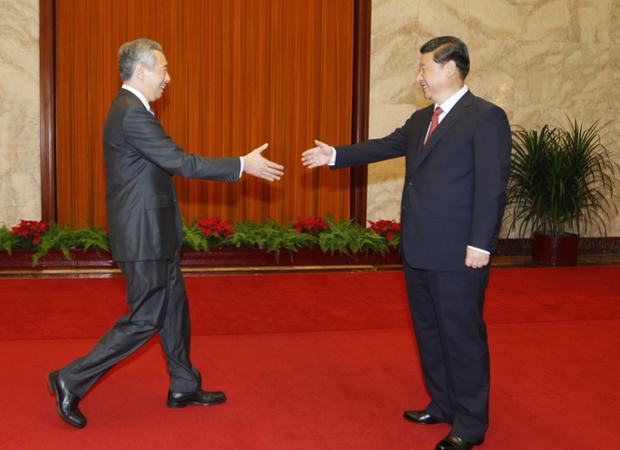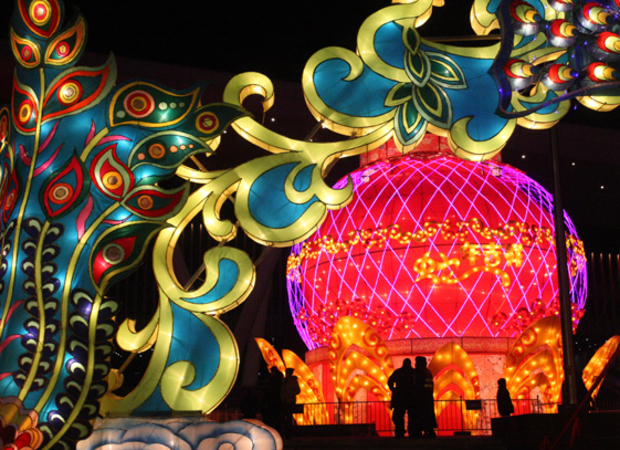From their website:
The World Press Photo Foundation is a major force in developing and promoting the work of visual journalists, with a range of activities and initiatives that span the globe.
Formed in 1955, when a group of Dutch photographers organized a contest to expose their work to international colleagues. That annual contest has since grown into one of the most prestigious awards in photojournalism and multimedia storytelling, and the exhibition it produces is seen by four million people worldwide each year.
They work to develop and promote quality visual journalism because people deserve to see their world and express themselves freely. Freedom of information, freedom of inquiry and freedom of speech are more important than ever, and quality visual journalism is essential for the accurate and independent reporting that makes these freedoms possible. Today, when the world, the press and photography itself are undergoing seismic changes, they strive to help both visual journalists and their audience understand and respond to these transformations so these freedoms can be secured.
















